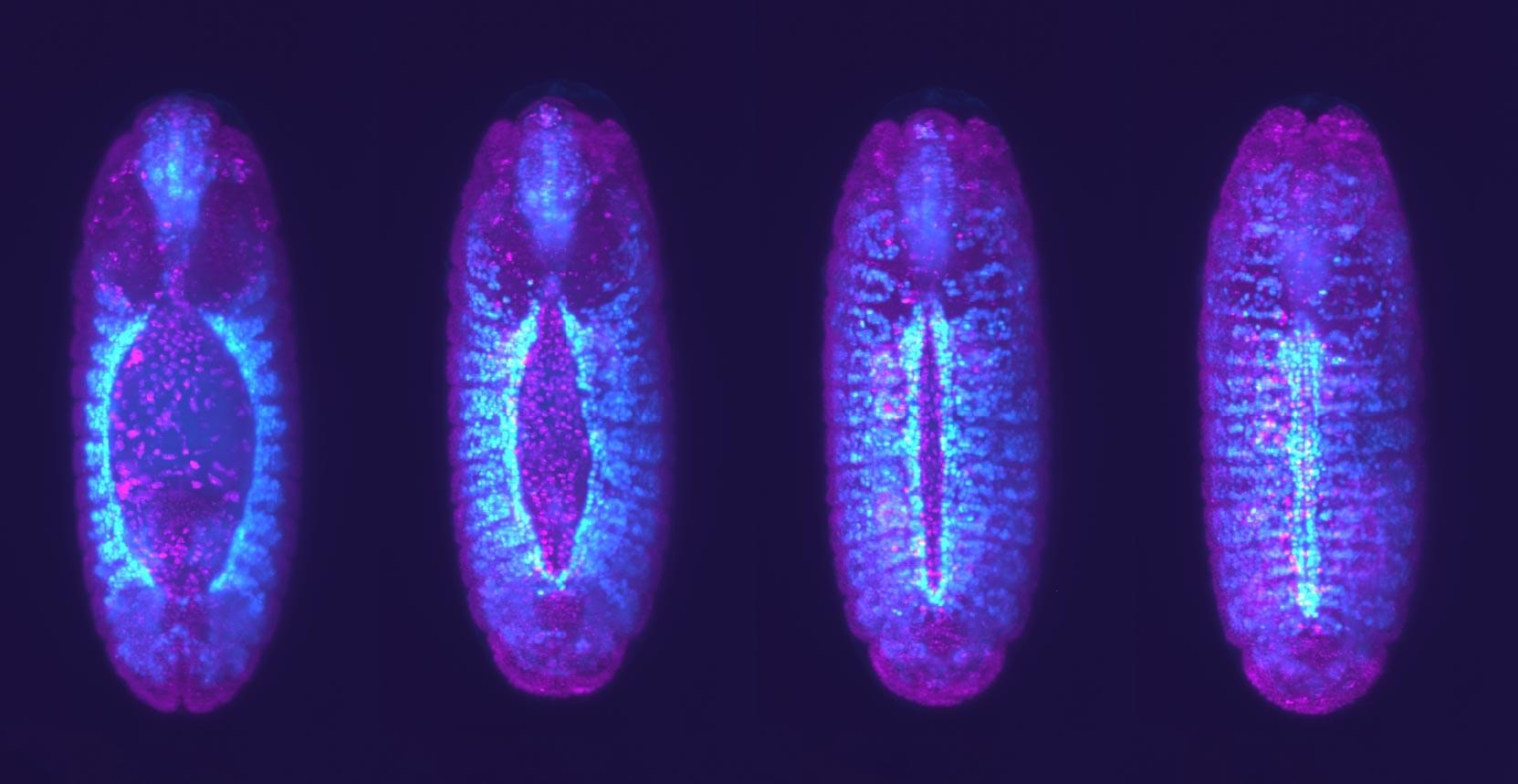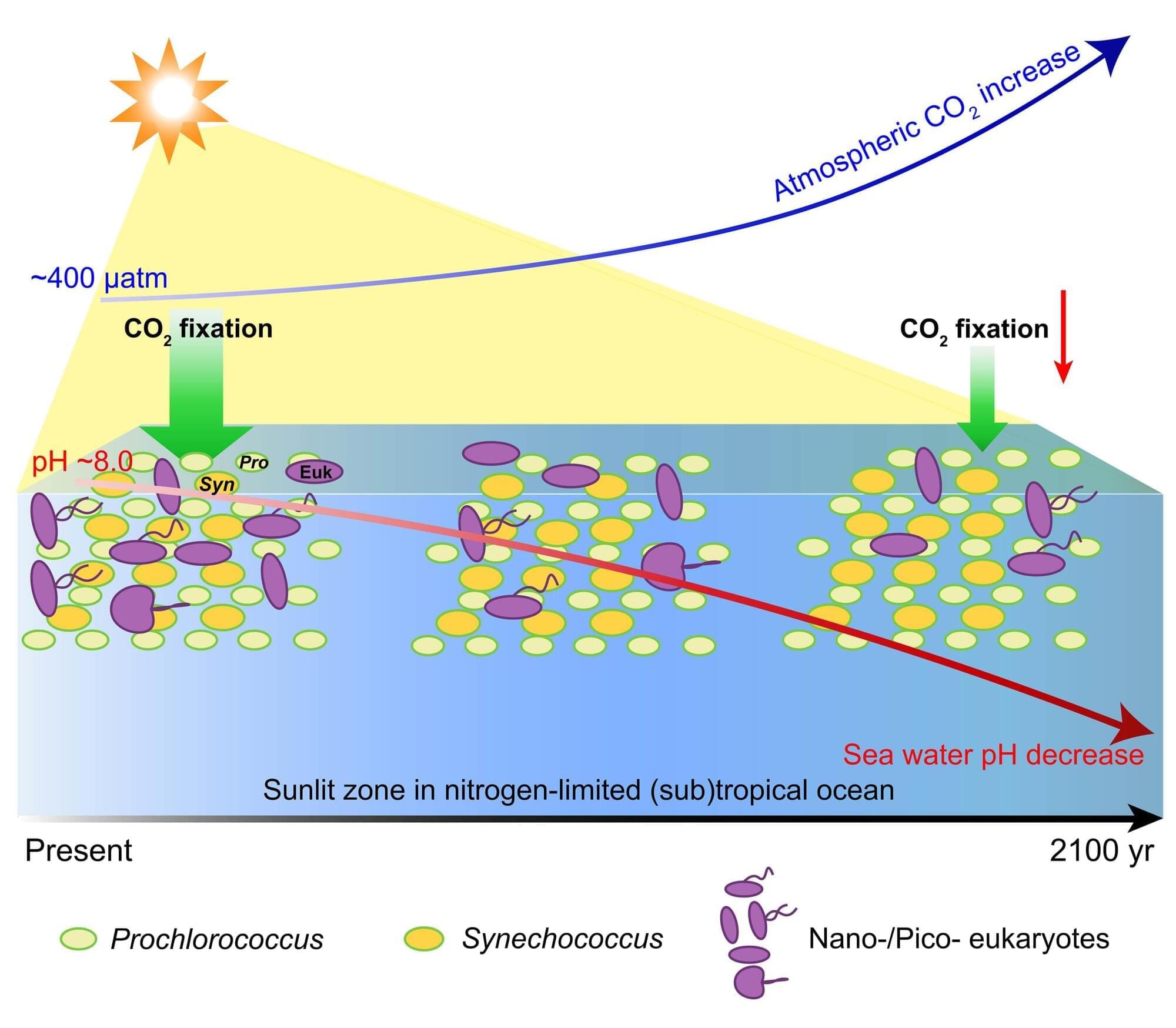The prolonged attack, which lasted 300+ days, is the first known compromise of the US electric grid by the Voltzite subgroup of the Chinese APT; during it, the APT attempted to exfiltrate critical OT infrastructure data.



Harmful microorganisms such as bacteria represent one of the largest threats to human health. Efficient sterilization methods are thus a necessity.
In the journal Angewandte Chemie, a research team has now introduced a novel, sustainable, electrocatalytic sterilization method based on electrodes covered with copper oxide nanowires. These generate very strong local electric fields, thereby producing highly alkaline microenvironments that efficiently kill bacteria.
Conventional disinfection methods, such as chlorination, treatment with ozone, hydrogen peroxide oxidation, and irradiation with ultraviolet light have disadvantages, including harmful by-products and high energy consumption.

Demand for lithium is rising due to its use in batteries for mobile devices, cars and clean energy storage. Securing access to natural deposits of the mineral is now a matter of strategic importance, but lithium can be found elsewhere in nature.
As an alternative to mining, Imperial researchers have created a technology that could be used to efficiently extract it from saltwater sources such as salt-lake brines or geothermal brine solutions.
Conventional lithium extraction from brines takes months and uses significant amounts of water and chemicals, generating greenhouse gas emissions in the process. The alternative developed by Dr. Qilei Song and his team in the Department of Chemical Engineering uses a membrane that separates lithium from salt water by filtering it through tiny pores.

Nickel’s role in the future of electric vehicle batteries is clear: It’s more abundant and easier to obtain than widely used cobalt, and its higher energy density means longer driving distances between charges.
However, nickel is less stable than other materials with respect to cycle life, thermal stability, and safety. Researchers from the University of Texas at Austin and Argonne National Laboratory aim to change that with a new study that dives deeply into nickel-based cathodes, one of the two electrodes that facilitate energy storage in batteries.
“High-nickel cathodes have the potential to revolutionize the EV market by providing longer driving ranges,” said Arumugam Manthiram, a professor at the Walker Department of Mechanical Engineering and Texas Materials Institute and one of the leaders of the study published in Nature Energy.

Cells in the developing heart must find the perfect match, much like a game of microscopic speed dating.
Using filopodia—tiny tentacle-like structures—they probe their environment and latch onto potential partners. If they mismatch, proteins step in to separate them, ensuring precise alignment. Researchers modeled this process in fruit flies, uncovering the delicate balance of adhesive energy and elasticity that guides cell organization.
How developing heart cells find their perfect match.

To fuel the future advancement of the electronics industry, engineers will need to develop batteries that can be charged quickly, have higher energy densities (i.e., can store more energy) and last longer. Among the most promising alternatives to lithium-ion (Li-ion) batteries, which power most devices on the market today, are lithium-metal batteries (LMBs).
As suggested by their name, LMBs have an anode (i.e., negative electrode) made of Li metal. Compared to Li-ion batteries, which have graphite or silicon-based anodes, LMBs can exhibit significantly higher energy densities.
Despite their potential, LMBs have been found to exhibit slow redox kinetics and poor cycling reversibility. These limitations tend to adversely impact their performance, reducing their charging speed and their efficiency over time.

A new device produces ammonia from air and wind energy, offering a sustainable alternative to fossil fuel-dependent methods for agriculture and clean energy applications.
The air we breathe holds the key to more sustainable agriculture, thanks to an innovative breakthrough by researchers at Stanford University and King Fahd University of Petroleum and Minerals in Saudi Arabia. They have created a prototype device that uses wind energy to extract nitrogen from the air and convert it into ammonia—a critical ingredient in fertilizer.
If fully developed, this method could replace the traditional process of producing ammonia, which has been in use for over a century. The conventional method combines nitrogen and hydrogen at high pressures and temperatures, consuming 2% of the world’s energy and generating 1% of annual carbon dioxide emissions due to its reliance on natural gas. This new approach offers a cleaner, more energy-efficient alternative.

Princeton University and Xiamen University researchers report that in tropical and subtropical oligotrophic waters, ocean acidification reduces primary production, the process of photosynthesis in phytoplankton, where they take in carbon dioxide (CO2), sunlight, and nutrients to produce organic matter (food and energy).
A six-year investigation found that eukaryotic phytoplankton decline under high CO2 conditions, while cyanobacteria remain unaffected. Nutrient availability, particularly nitrogen, influenced this response.
Results indicate that ocean acidification could reduce primary production in oligotrophic tropical and subtropical oceans by approximately 10%, with global implications. When extrapolated to all affected low-chlorophyll ocean regions, this translates to an estimated 5 billion metric tons loss in global oceanic primary production, which is about 10% of the total carbon fixed by the ocean each year.

Scientists have identified an enzyme from soil bacteria that can turn air into electricity. They believe it might be transformed into a renewable power source for small devices.
The Monash University study, published in the peer-reviewed magazine Nature, demonstrates that the enzyme “Huc” can convert small amounts of hydrogen in the air into an electrical current. An enzyme is a protein that can accelerate chemical reactions in cells.

Countries worldwide are continuously pursuing green and hygienic technology to generate power from limited natural resources. Power generation from renewable energy sources has reached equality with conventional forms. However, the portability of energy derived from cleaner sources has always been challenging.
Conventional batteries use elements such as lithium-ion and lead acid, which are toxic, have a serious risk of explosion, and are expensive and harmful to the environment.